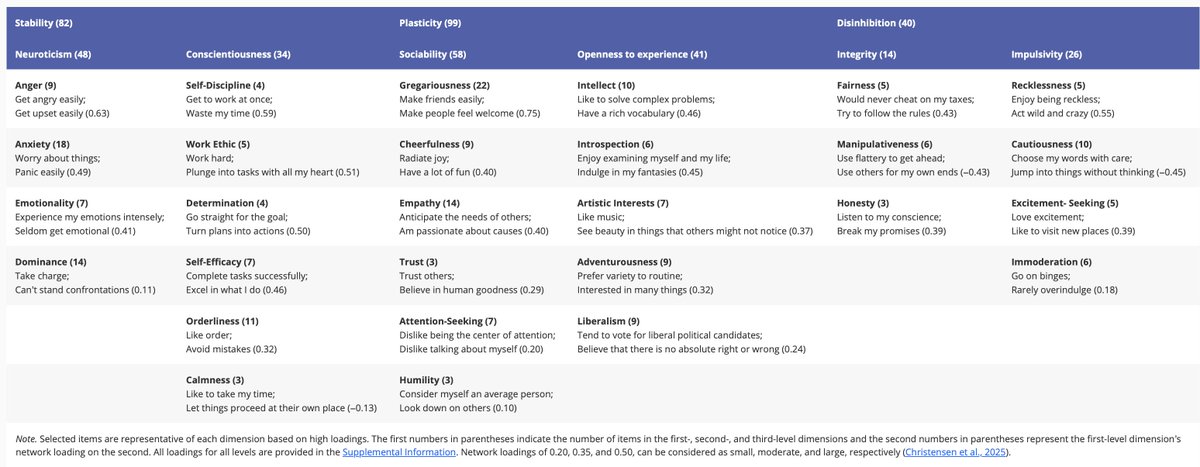
Kayson Fakhar
@kaysonfakhar
Post-Doc @mrccbu @Cambridge_Uni | Computational Neuroscience and stuff.
ID: 924360589476065280
http://www.kaysonfakhar.com 28-10-2017 19:41:53
8,8K Tweet
1,1K Followers
2,2K Following

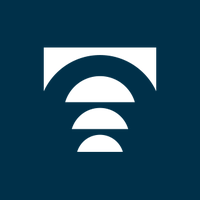
Luiz Pessoa Luiz Pessoa talks to Kevin Mitchell, Aliya Rumana and Peter Ulric Tse about the need for neuroscience’s traditional mechanistic framework to give way to a richer understanding of how brains generate behavior. thetransmitter.org/the-big-pictur…
Does the brain’s state before stimulation shape its response? 🧠⚡ Check out our latest preprint 👇 biorxiv.org/content/10.110… w/ Giovanni Rabuffo Marianna Angiolelli Tomoki Fukai GUSTAVO DECO Pierpaolo Sorrentino


New paper! Toward a unified taxonomy of information dynamics via Integrated Information Decomposition, out now in pnas - led by Fernando Rosas,Pedro Mediano , & Adam Barrett, w/ Andrea Luppi, Robin Carhart-Harris, me, & Dan Bor. pnas.org/doi/epdf/10.10…


Now it's the MRC Cognition and Brain Sciences Unit's Duncan Astle's turn to excite our #COGNESTIC audience. No problem when you are "Building networks to understand neurodevelopment".










Our reactions, thoughts, memories and consciousness, all stem from the brain’s mixture of inhibitory and excitatory neurons conversing in different ways. What happens when they are thrown off balance? Yasemin Saplakoglu reports: quantamagazine.org/how-the-brain-…


